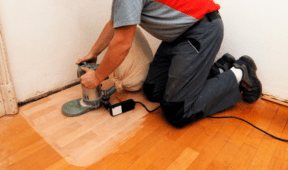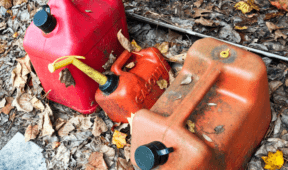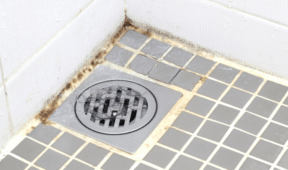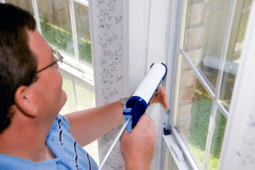How to: Turn an Old Shirt into a Handkerchief or Pocket Square

I have a few shirts I just can't seem to part with. They don't really fit me (they're much too big and baggy) and I never wear them. Ever. Some are at least five years old, and barely holding together.
![[Image credit] ManmadeDIY handkerchief in a backpocket](https://s3.amazonaws.com/manmadediy-uploads-production/photos/25910/DSCF2246_large.jpg?1434339192)
So, I decided to turn them into something more useful. Here's a simple way to turn your unused shirts into simple handkerchiefs. Sized just a bit smaller, this works as an awesome “how to make a DIY pocket square” technique as well.
Here's what you'll need:
- An unwanted button-up shirt
- fabric scissors
- measuring tape or ruler
- cardboard
- fabric pins
- iron
- washable fabric pen
First, we'll start by removing the back part of the shirt. That's the largest piece and the easiest to cut a large square from.

Next, we'll need to cut out a 13″x13″ square. Do this by cutting out a square of cardboard to the same size, place it over the shirt and trace the perimeter with a washable fabric marker. Once you've made the square outline, cut it out.

Now it's time to create hems on all sides of the square. Do so by folding your first edge over 1/4″ and ironing it flat.

Next, fold your first fold over a second time and iron it.

Once you've folded and ironed the first side we'll pin down the fold to keep it steady for the sewing machine.

Repeat this process 3 more times, once for each side of the square.

Once everything is pinned, it's time to sew! I enlisted the help of my wife, she's a master seamstress—hence the feminine hands in the photo. This part is rather simple, just set your machine to do a straight stitch around the hems of the square. It's ok if you can't make a straight line, I certainly couldn't. It just adds to the uniqueness. Remember to pull up the machine foot when you come to a corner so you can spin it 90 degrees.


When you've sewn all the way around and come back to your beginning, push your backup button on the machine and back up the stitch about 1/4 an inch. This will help secure the stitch. Don't forget, you'll need to tie off and cut your loose strings from the beginning stitch and the end stitch.
To finish things up, iron the hem really well to get a sharp crease, then you'll be good to go!










